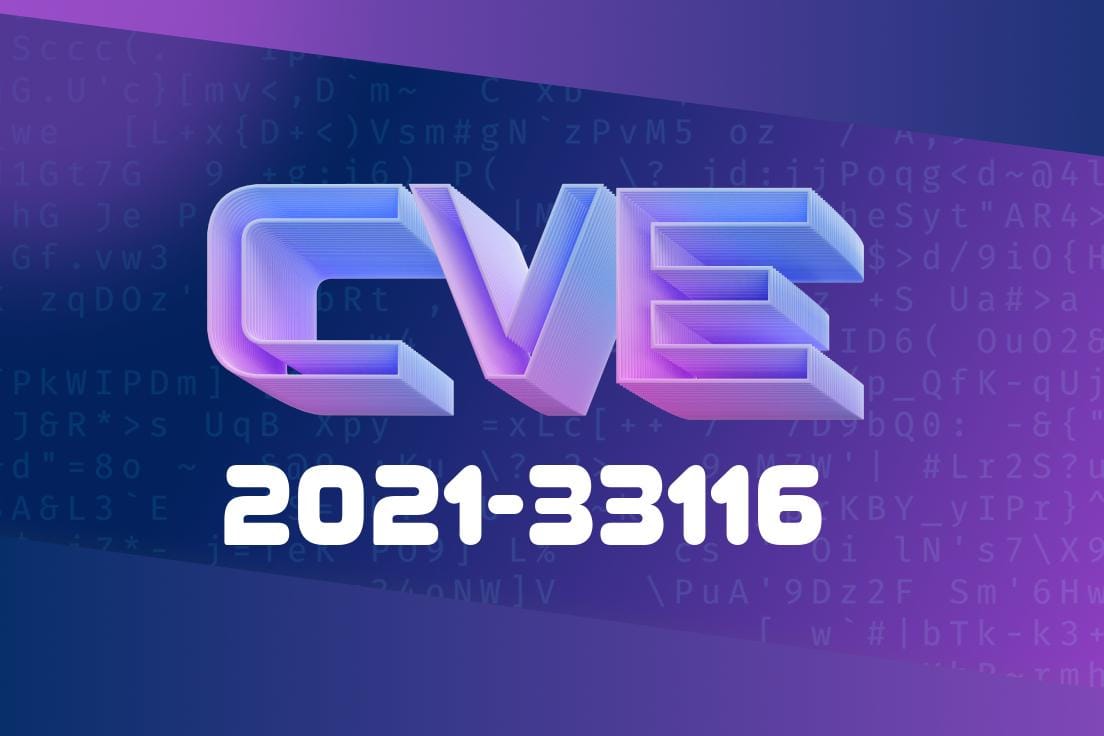Security researchers, sysadmins, and software developers often track Common Vulnerabilities and Exposures (CVEs) to stay ahead of technology threats. However, not every CVE actually becomes an active risk. Today, let’s take a deeper look at CVE-2021-33116, a number that appears in many databases but is officially marked as “REJECTED — Unused”. Why does this happen, and what should you know about “unused” CVE entries?
What Is CVE-2021-33116?
When you search for CVE-2021-33116 on public vulnerability databases like MITRE or NVD, you’ll find a simple note:
REJECT
Reason: This candidate was withdrawn by its submitter.
Further investigation revealed that it was unused.
What Does “Unused” Mean?
Simply put, “unused” means this CVE number was reserved for a vulnerability, but it was later determined that:
It never got used in any advisories or security bulletins.
Think of it like reserving a seat at a restaurant, but then canceling before you arrive.
The Life of a CVE
1. Request: Anyone (a researcher, vendor, or project) suggests a software or hardware issue that might be a vulnerability.
Assignment: If approved, MITRE or a CVE Numbering Authority (CNA) assigns a CVE ID.
3. Publication: The issue gets a place in the public database, along with technical information and impact details.
Here’s how a rejected CVE might look in the raw data
{
"id": "CVE-2021-33116",
"status": "REJECTED",
"description": " REJECT Reason: This candidate was withdrawn by its submitter. Further investigation revealed that it was unused."
}
For Defenders and Developers
- No Patch Needed: If you see CVE-2021-33116 listed, you can safely ignore it — nothing needs fixing.
- Database Clarity: Rejected/unused entries prevent confusion and duplication.
For Security Tools
- No Alarms: Reliable vulnerability scanners will skip unused CVEs, so you won’t get false security warnings.
False Positives: An issue reported in error is later proven incorrect.
- Premature Requests: The CVE is reserved before a full investigation, then found to be unnecessary.
Exploit Details
For CVE-2021-33116, there is no exploit, proof-of-concept, or affected product. The number was never associated with any vulnerability in the wild. Sometimes you may find placeholders or automated feeds listing “exploit details,” but any claims about exploit code for CVE-2021-33116 are wrong or misleading.
References
- MITRE CVE Database: CVE-2021-33116
- NVD Entry: CVE-2021-33116
- How CVE Numbers Are Assigned (MITRE)
Keep These Best Practices in Mind
- Check Official Sources: Always look up the CVE on MITRE, NVD, or SecurityTracker. False alarms waste time.
Final Thoughts
CVE-2021-33116 stands as a reminder that not all security warnings demand action. Sometimes, even a scary-looking vulnerability number leads nowhere. For this particular case, sleep easy: there’s nothing to fear or fix.
If you see CVE-2021-33116 pop up on a checklist or in a scan report, now you know why you can safely check it off as “not applicable.”
Stay curious, but always verify. 👨💻
*References for this article come direct from official MITRE and NIST sources, ensuring information accuracy. This post is exclusive content written for your security awareness journey.*
Timeline
Published on: 02/23/2024 21:15:08 UTC
Last modified on: 09/04/2025 00:40:33 UTC
